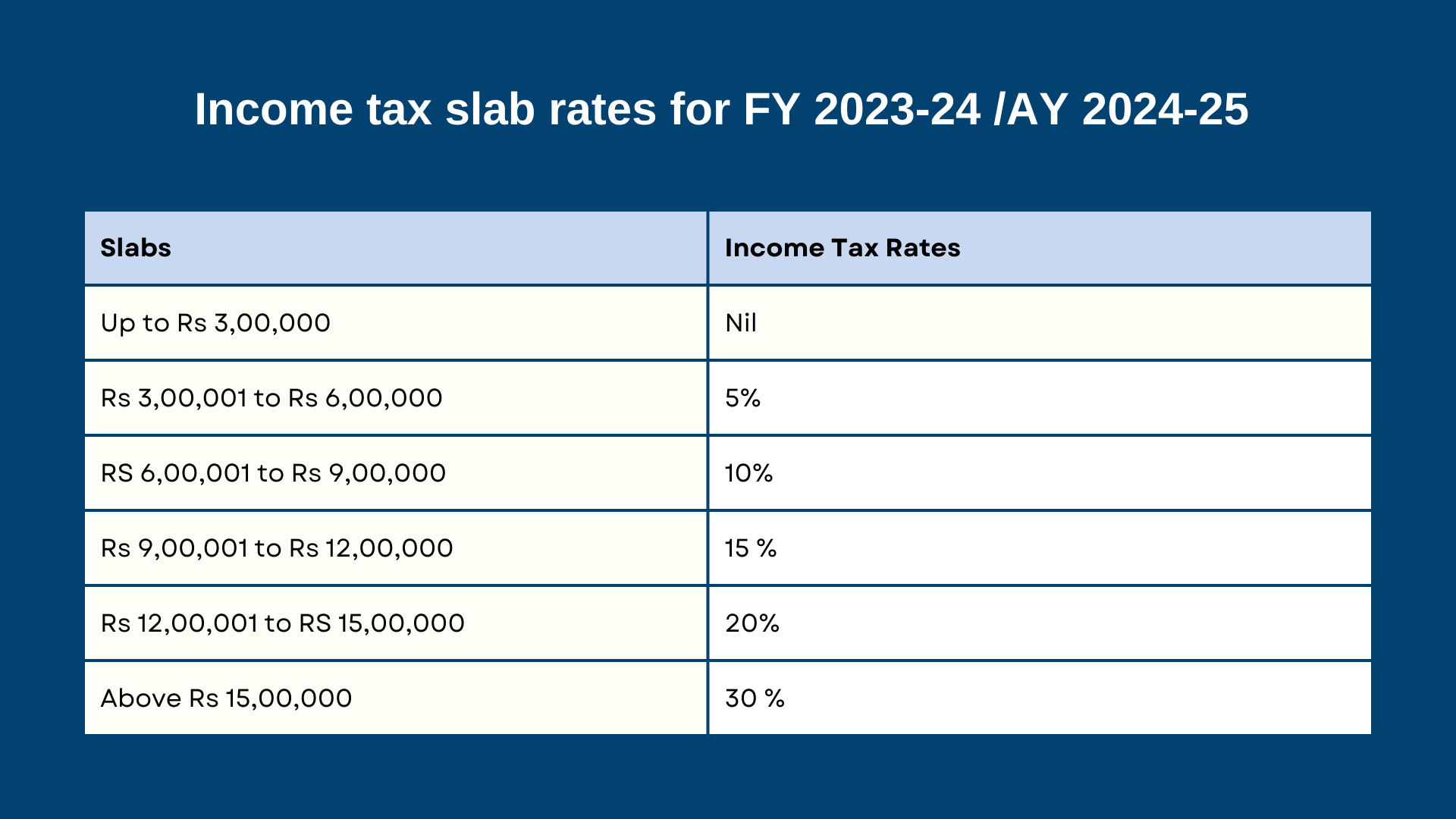Which is better?

Tax season is here, and the big question is: Which regime to choose: New or Old tax regime? Which one saves you more and offers better deductions? Choosing the right regime is crucial for maximising your benefits and planning your taxes efficiently. But making a hasty decision can become a burden on your pocket! Hence, our blog is here to guide you and provide you with a step-by-step comparison to help you pick the best option. Stay with us, and by the end, you'll know exactly which regime suits you best.
New Tax Regime
The New Income Tax regime under Section 115BAC was introduced in the Finance Act, 2020, with an aim to simplify the tax structure and reduce the tax burden on individuals. By offering lower tax rates across more slabs, the government sought to increase disposable income, while simplifying compliance by eliminating most exemptions and deductions.
One of the significant changes under this new regime is the removal of certain deductions and exemptions that are available under the old tax regime. The new tax regime offers reduced tax rates across more slabs but requires forgoing most deductions and exemptions.
However, certain deductions and exemptions are ALLOWED under the new tax regime which are:
A. Deduction for employer’s contribution in Notified Pension Scheme under section u/s 80CCD(2) and deduction for new employment u/s 80JJAA.
B. Special Allowances for salaried employees such as:
Transport allowance granted to a disabled employee
Conveyance allowance
Any allowance granted to meet the cost of travel on tour or on transfer
Daily allowance
C. Interest received on post office savings account u/s 10(15)(i), maximum Rs. 3,500.
From FY 2023-24, new tax regime is the default scheme, however, we will have an option to switch between it. Taxpayers have a choice to continue with the existing tax regime if they prefer, thereby retaining the ability to claim all the deductions and exemptions they are accustomed to.
Individuals earning from business or profession can make the switch only once.
Old Tax Regime
The old tax regime is the tax system that was in place before the introduction of the new regime. This traditional system provides taxpayers with a wide range of over 70 exemptions and deductions, designed to help lower taxable income and reduce overall tax liability. Key benefits under this regime include exemptions like House Rent Allowance (HRA) and Leave Travel Allowance (LTA), which can significantly decrease the amount of income subject to tax.
One of the most notable and widely utilized deductions in the old regime is under Section 80C of the Income Tax Act. This section allows individuals to reduce their taxable income by up to Rs. 1.5 lakh through investments in specified financial instruments such as the Public Provident Fund (PPF), Employee Provident Fund (EPF), National Savings Certificates (NSC), life insurance premiums, and more. This substantial deduction helps taxpayers save a significant amount on their tax payments.
Old vs New tax regime: Which is better?
The choice between the old and new tax regimes depends on each taxpayer's unique financial situation and preferences. It's important to carefully evaluate the benefits and drawbacks of each regime to make an informed decision that maximises tax savings and aligns with personal financial planning objectives.
Let’s begin with a comparative view of both slab rates:
Note: In the old tax regime, tax is exempt up to Rs. 3,00,000 for individuals from 61 to 80 years of age and for individuals above 80 years of age, the exemption is up to Rs. 5,00,000. But under the New Tax Regime, tax exemption is up to Rs. 2,50,000 for all age groups.
Key Pointers to remember:
As we know by now, the new tax regime is only applicable to IndividualsHUF. Any other person cannot avail of the new tax regime.
A new tax regime is an optional regime, which means that an individual taxpayer can choose between a new or old tax regime. Individuals can choose between the regimes every year.
However, individuals earning income from business or profession who have opted for the new regime in any year and then go back to the old tax regime in any subsequent year, cannot opt for the new regime again and have to follow the old tax regime only.
Employees should declare the opted tax regime to their employers at the beginning of the year.
Although the option of selection of the tax regime has to be exercised at the time of filing of ITR, but, for deduction of taxes or payment of advance tax, this decision should be taken at the beginning of the Financial Year.
This could only be understood through the help of examples:
Example 1:
It can be seen that even though the individual had investments u/s 80C and 80D, tax liability as per the old regime is higher as compared to the new regime. This is due to the fact that the impact of reduced tax rates on the total tax liability under the new tax regime was more as compared to the impact of deductions due to investments under the old tax regime.
Example 2:
It can be seen that due to higher investments, tax liability under the old regime is very less as compared to the new regime.
Generally, if a person does not have considerable investments during the year, he/she can opt for a new regime to save more taxes.
Although, in order to decide which regime is the most suitable regime, a taxpayer should carefully analyse & calculate their income tax liability taking into account all the factors associated with each regime.

